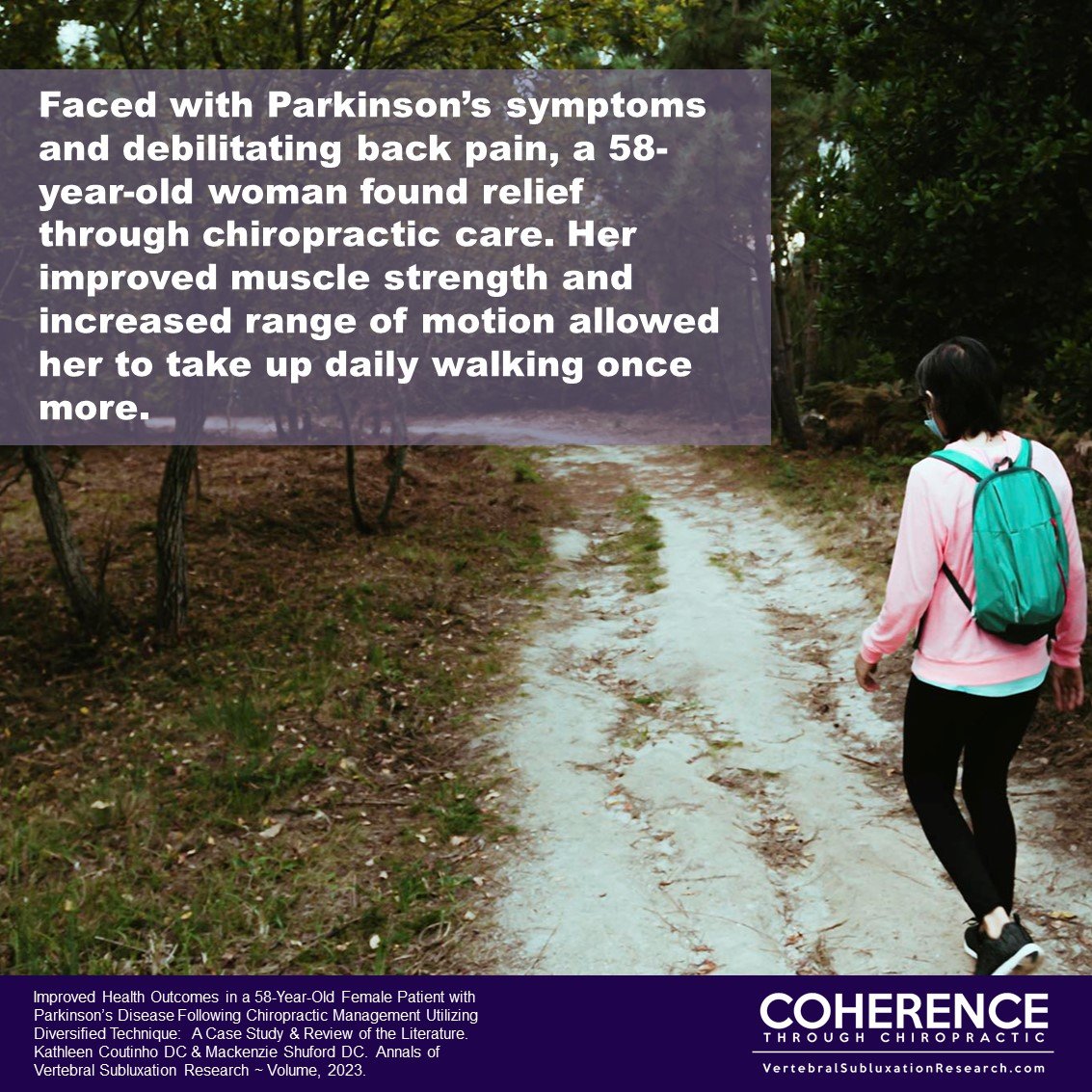What is Parkinson’s Disease?
Parkinson’s Disease is a neurodegenerative disease in which the neurons in the brain loses or slows in the ability to produce dopamine, and other vital chemicals. The cerebellum is a major part of the brain that controls movement and muscle coordination. Lack of dopamine in the brain can cause miscommunication between the brain and spinal cord which may lead to movement disorders. In Parkinson’s Disease, these movement disorders may be in the form of resting tremors, progression to slow movements, stiff muscles, gait and balance issues. Cognitive decline, difficulty walking and talking are also seen as the disease progresses.
Parkinson’s Disease affects more men more than women with an average age at onset after 60 years. There is no known cause and currently no blood or laboratory test to diagnose it. Diagnosis is usually determined from a thorough history, physical examination, and neurological examination. Medical treatment often includes medication, deep brain stimulation surgery, physical, occupational, and speech therapy. Other treatment options include dietary modifications, exercise to strengthen muscles and improve balance, coordination, and flexibility, and other alternative methods.
The nervous system controls and coordinates all functions of the body and structural shifts in the spine can occur that obstruct the nerves and interfere with their function. These structural shifts can lead to obstruction of the nerves and it is this obstruction, that chiropractors correct.
By removing the structural shifts, chiropractic improves nerve supply and function. The chiropractic adjustment is the means in which the structural shifts are removed. It is a safe, specific force applied to a joint. Chronic problems tend to arise if the structural shift is left untreated. Chiropractic helps the body heal itself without the use of drugs or surgery.
Chiropractic Care Helps with Parkinson’s Disease
The patient reported on in the study was a 58-year-old female with a history of Parkinson’s Disease and upper back pain. She was experiencing resting tremors in her right hand, weakness in her right arm, and slow movements. Other symptoms included pain and muscle spasms in her neck, upper back, and mid back.
The chiropractor examined her and found structural shifts in her neck, upper back, midback, low back, and pelvis. She had postural changes, decreased range of motion, tenderness, and muscle spasms in her neck, upper back, and mid back. X-rays confirmed these findings. These structural shifts can lead to obstruction of the nerves and it is this obstruction that chiropractors correct.
Following chiropractic care, her improvements included increased muscle strength in her hand, increased neck range of motion, and decreased pain and muscle spasm in her neck and upper back. She also noted improvements in the resting tremors, slow movement, and weakness in the right arm. She was able to return to walking daily for exercise.
The study’s author called for additional research to investigate the clinical implications of chiropractic care of those with Parkinson’s Disease.
References
Improved Health Outcomes in a 58-Year-Old Female Patient with Parkinson’s Disease Following Chiropractic Management Utilizing Diversified Technique: A Case Study & Review of the Literature. Kathleen Coutinho DC & Mackenzie Shuford DC. Annals of Vertebral Subluxation Research ~ Volume, 2023.


